Emergency department essential: Mole medical portable video endotracheal intubation scope in the actual advantages of pre-hospital emergency
Feb 20, 2025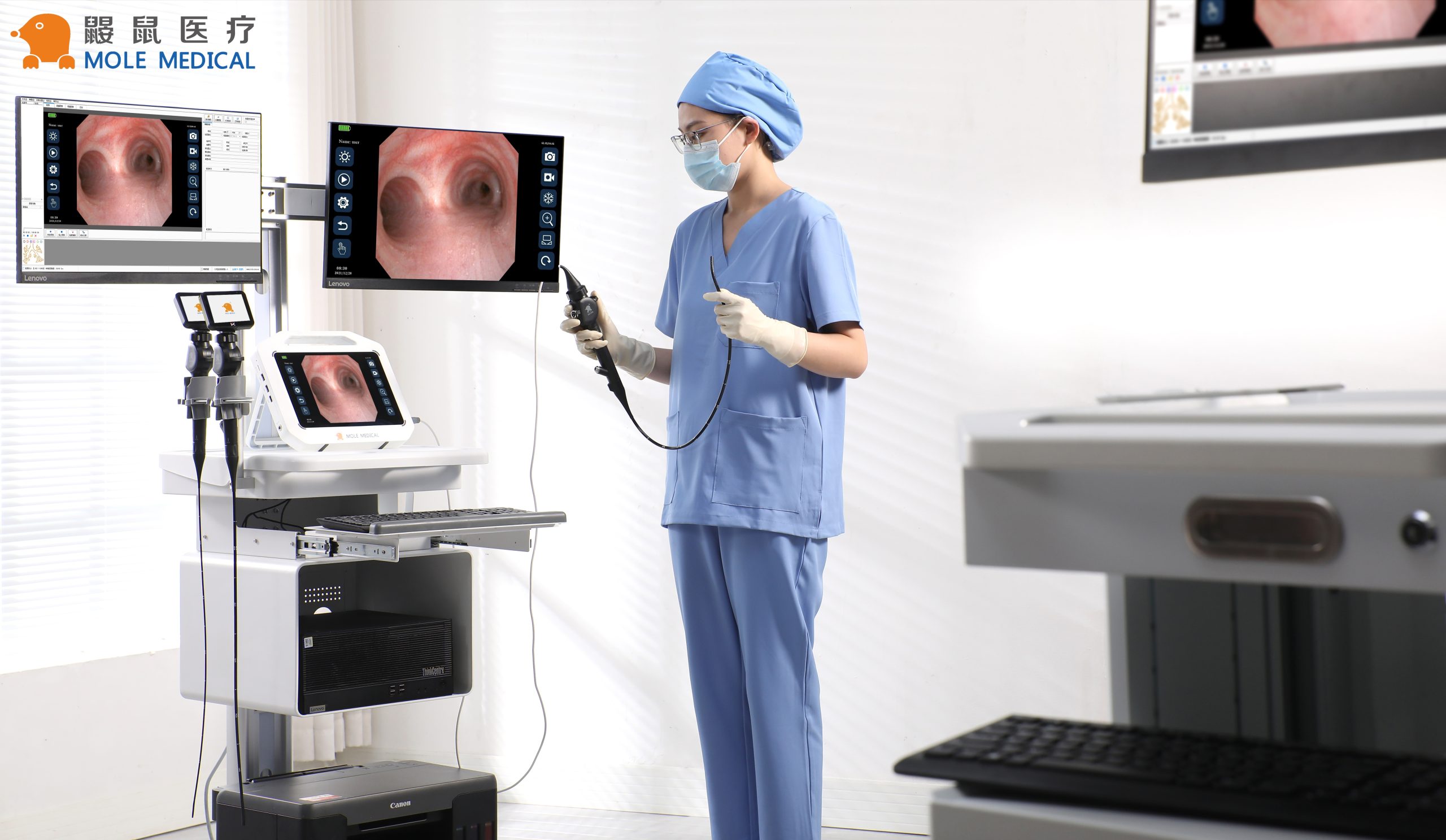
In the complex environment of pre-hospital emergency treatment, establishing artificial airway quickly and accurately is one of the key steps to save patients’ lives. The traditional endotracheal intubation operation under direct laryngoscope has some problems such as limited field of vision and difficult operation, especially in the case of patients with limited neck movement, excessive oral secretions or anatomic abnormalities, and the success rate may be affected. In recent years, with the advancement of medical technology, portable video endotracheal intubation scopes have gradually become an important tool in emergency departments. Among them, the portable video endotracheal intubation scopes of Mole Medical show significant practical advantages in pre-hospital emergency care with its unique design and performance.
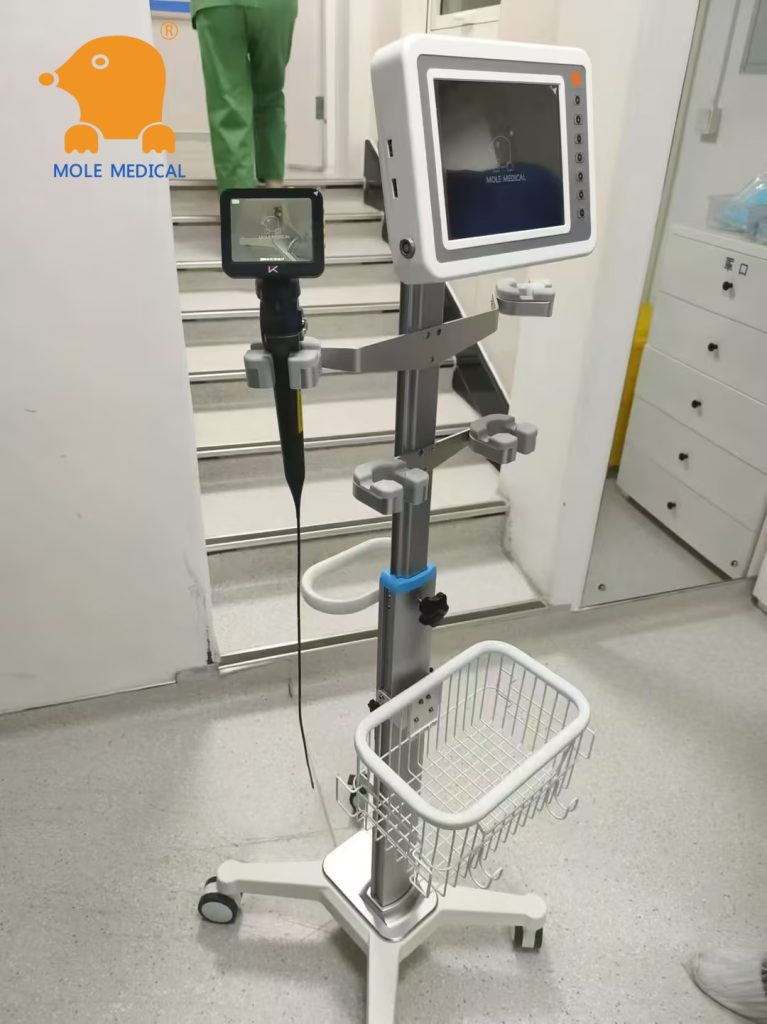
First of all, the core advantage of portable video endotracheal intubation is its high-definition visual interface. While traditional laryngoscopes rely on the operator’s visual observation, the video endoscope transmits real-time images of the glottis and surrounding structures to the display through the built-in high-definition camera, providing the operator with a clearer and broader view. This visualization technology not only reduces the difficulty of operation, but also significantly improves the success rate of intubation, especially in the case of low light or poor patient position, the advantage of video guidance is more obvious.
Secondly, the design of portable video endotracheal intubation scope fully considers the actual needs of pre-hospital emergency treatment. The Mole Medical device is small, lightweight and easy to carry, making it suitable for use in ambulances, accident sites or other outdoor environments. Its battery life is strong, can meet the needs of long-term first aid tasks. In addition, the operation interface of the device is simple and intuitive, and even relatively inexperienced first responders can quickly get started, which is especially important for emergency scenarios where every minute counts.
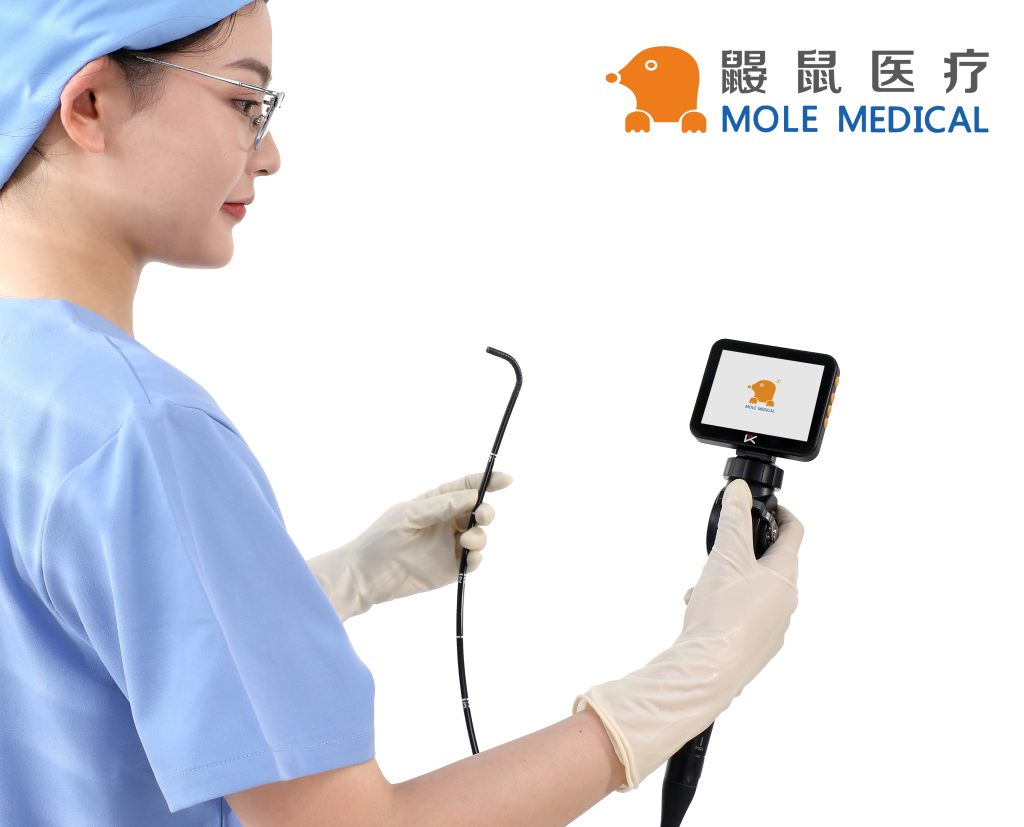
In practical applications, portable video endotracheal intubation scopes have also shown adaptability to complex cases. For example, in patients with cervical spine injuries, traditional laryngoscopy procedures may require excessive movement of the patient’s head, increasing the risk of secondary injury. Video endotracheal intubation can reduce risk by adjusting the lens Angle to complete the intubation while minimizing the patient’s head movement. In addition, for patients with more oral secretions, the flushing function of the video device can effectively remove visual field obstacles and ensure the smooth operation.
It is worth mentioning that portable video tracheal intubation scopes also play an important role in team collaboration. Through the display, team members can observe the intubation process in real time and provide timely assistance or advice, thereby improving the efficiency and safety of the overall operation. This collaborative model is particularly important in pre-hospital care, where teams often have to complete multiple tasks in a limited time frame, and clear vision and efficient communication are key to ensuring success.
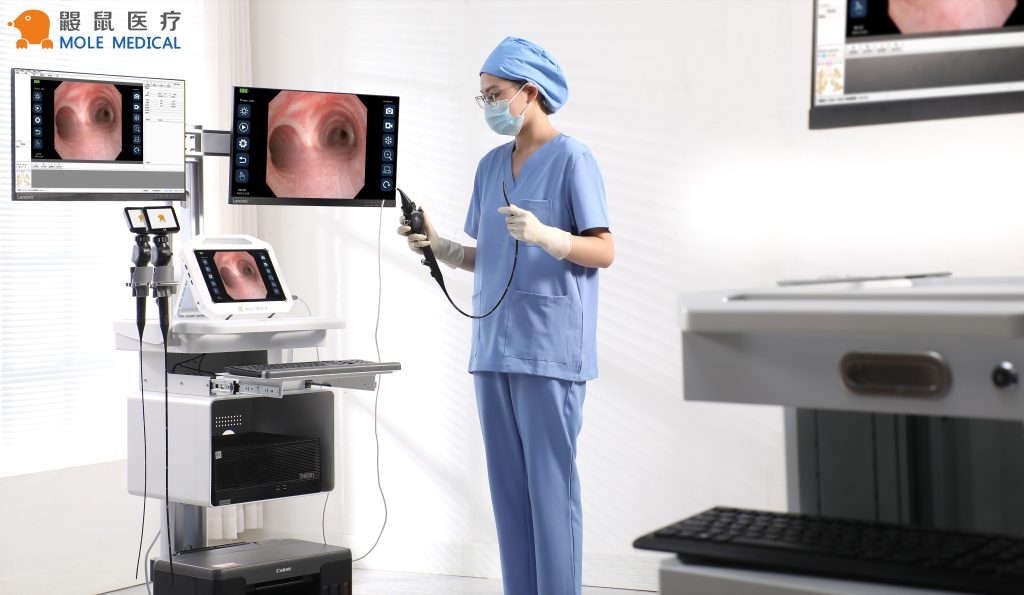
Of course, the use of any medical equipment requires professional training and practice. Although the portable video endotracheal intubation scope is relatively easy to operate, emergency personnel still need to be familiar with the use of the device and master the operation skills in different situations. The Mole Medical device has been designed with the user’s learning curve in mind, providing detailed operating instructions and training support to help first responders quickly learn how to use it.
The application of portable video endotracheal intubation scope in pre-hospital emergency treatment provides a more efficient and safe technical means for the establishment of artificial airway. It is hoped that with the continuous progress and popularization of technology, it is believed that such equipment will play a more important role in the future emergency medicine, providing strong support for saving more patients’ lives.
Categories
Latest Articles
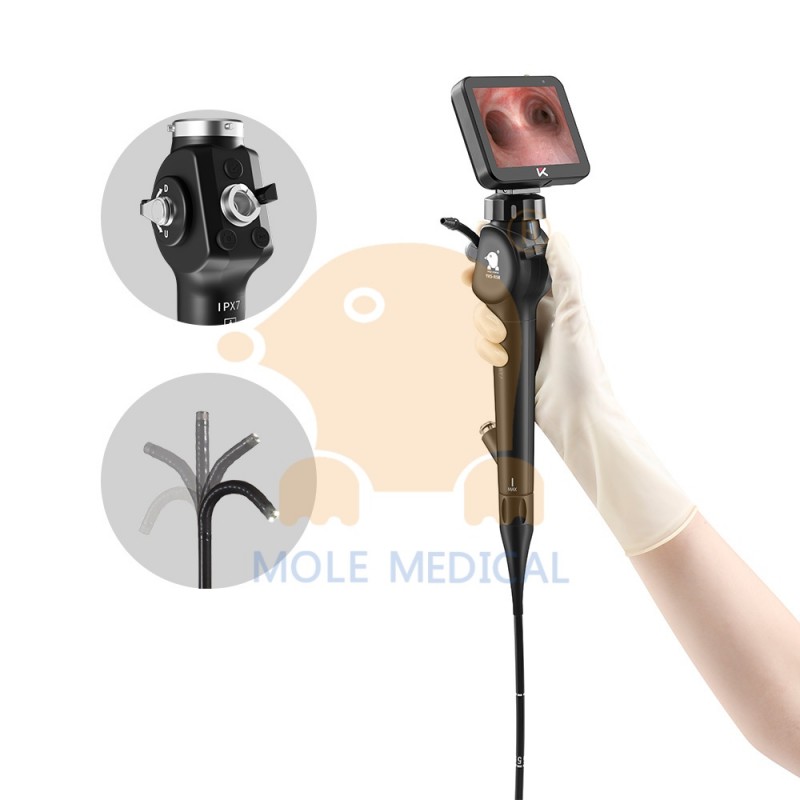
How to Choose the Best Flexible Bronchoscope Manufacturer? Three Key Dimensions Highlight Mole Medical’s Core Advantages
n respiratory intervention diagnostics, the performance of flexible bronchoscopes directly impacts early lung cancer detection and emergency response success. Facing diverse manufacturers, healthcare institutions should prioritize three critical dimensions: technological autonomy, clinical adaptability, and infection control capabilities. Jiangsu Mole Medical Technology Co., Ltd. has earned global trust through its full-chain R&D capabilities, clinical validation across ... Read more

Disposable Nephroscopes: Redefining Safety & Efficiency in Urology
Introduction The shift towards minimally invasive urological surgery has found a pivotal ally: the disposable nephroscope. As traditional reusable scopes grapple with persistent biofilm contamination risks and soaring sterilization costs, the global medical community is rapidly adopting single-use solutions. This article analyzes the clinical value, technological evolution, and dynamic innovation landscape driving this transformative shift. ... Read more

Disposable Video Laryngoscope Blades: The Ultimate Solution for Preventing Cross-Contamination
In the operating room, as the cold light of a video laryngoscope illuminates a patient’s airway, an age-old medical challenge is being redefined: How can life-saving instruments avoid becoming vectors of infection? Jiangsu MoleMedical drives an innovative safety revolution—replacing reusable devices with single-use, sterile laryngoscope blades that create a pure barrier for critical airways. Traditional video ... Read more
-2.jpg)
FDA & CE Approved Video Laryngoscope: What Makes It Stand Out?
Introduction In high-pressure emergencies and precision-driven operating rooms, video laryngoscopy is revolutionizing airway management. Mole Medical’s FDA and CE-certified technology replaces tactile-dependent “blind intubation” with real-time visual navigation – enhancing safety, accuracy, and clinical outcomes worldwide. Why Certification Matters Mole Medical’s dual certifications validate its global compliance and performance: FDA Clearance: Rigorous validation of safety/efficacy ... Read more

Mole Medical Showcases Advanced Endoscopy Solutions at CMEF Autumn 2025, Driving Global Partnerships
Guangzhou, China – September 26-29, 2025 – The 92nd China International Medical Equipment Fair (CMEF Autumn) concluded successfully on September 29th at the Canton Fair Complex in Guangzhou. Mole Medical Technology Co., Ltd. (Mole Medical) made a significant impact at the event, drawing global medical professionals and partners to its booth (Hall 2.1, Stand Q24) ... Read more



